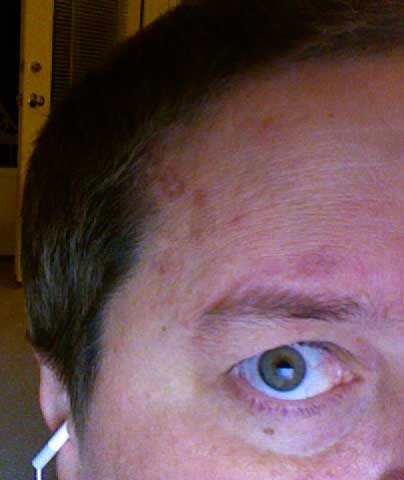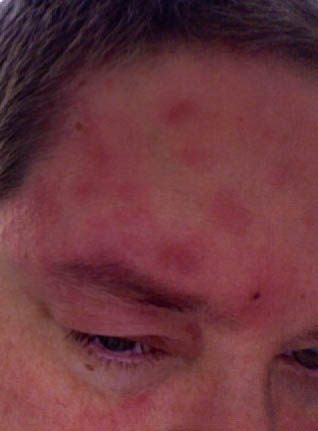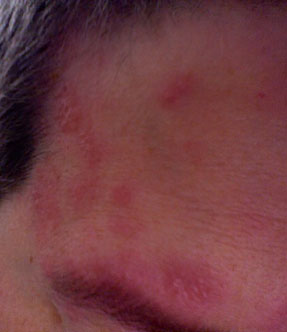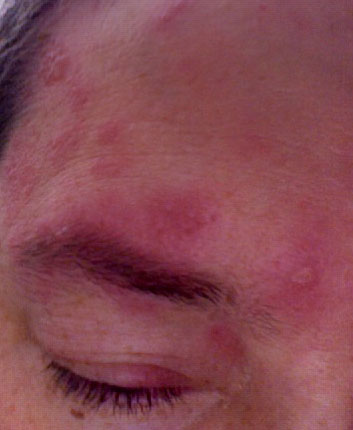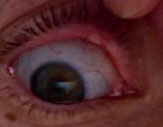I just noticed this on Reuters and wanted to post it before I forgot about it. I’ll comment later on and will be looking for the original article published in the medical journal.
Mon Apr 21, 2008 6:29pm EDT
By Megan Rauscher
NEW YORK (Reuters Health) – For the first time, researchers have evidence of an association between renal cell carcinoma and multiple myeloma, a type of blood cancer, one that “cannot be explained by random incidence alone,” they say.
“I think general oncologists as well as myeloma and renal cancer physicians should be aware of this association,” Dr. Mohamad A. Hussein of the H. Lee Moffitt Cancer and Research Institute in Tampa, Florida, noted in comments to Reuters Health.
Renal cell carcinoma begins in the kidney cells and although it may progress slowly, it is very resistance to chemotherapy. Multiple myeloma, which may also progress slowly, is likewise resistant to treatment. It begins in the blood’s plasma cells, a type of white blood cell that is part of the immune system. Over time, myeloma cells build up in bone marrow and then in the solid parts of bone.
In a review of data from patients referred to the Cleveland Clinic between 1990 and 2005, Hussein and colleagues identified 1,100 patients with multiple myeloma, 2,704 with renal cell carcinoma, and 8 with both types of cancer.
In 4 of the 8 patients, renal cell carcinoma was diagnosed 3 to 46 months after the multiple myeloma diagnosis. In the remaining 4, renal cell carcinoma was diagnosed 1 to 108 months before the multiple myeloma. Seven of the 8 patients were first diagnosed with renal cell carcinoma on the right side.
“The probability of this association was much higher than that expected in the general population,” the researchers note in the medical journal BJU International. “No clear treatment-related, environmental, genetic or immune-mediated common factors can fully explain this association.”
The investigators point out that interleukin-6 supports the growth and expansion of both types of cancer. Interleukin-6 is a “cytokine” that normally enhances the body’s immune response to disease and infection.
“I think the take-home message,” Hussein said, “is that after active therapy for myeloma, if the kidney lesion does not clear — especially if it is affecting the right kidney — renal cell cancer should be considered.”
In this study, when myeloma was the first malignancy diagnosed, “the renal cell carcinoma was at a very early stage and therefore surgical exploration is critical.”
SOURCE: BJU International, March 2008.

